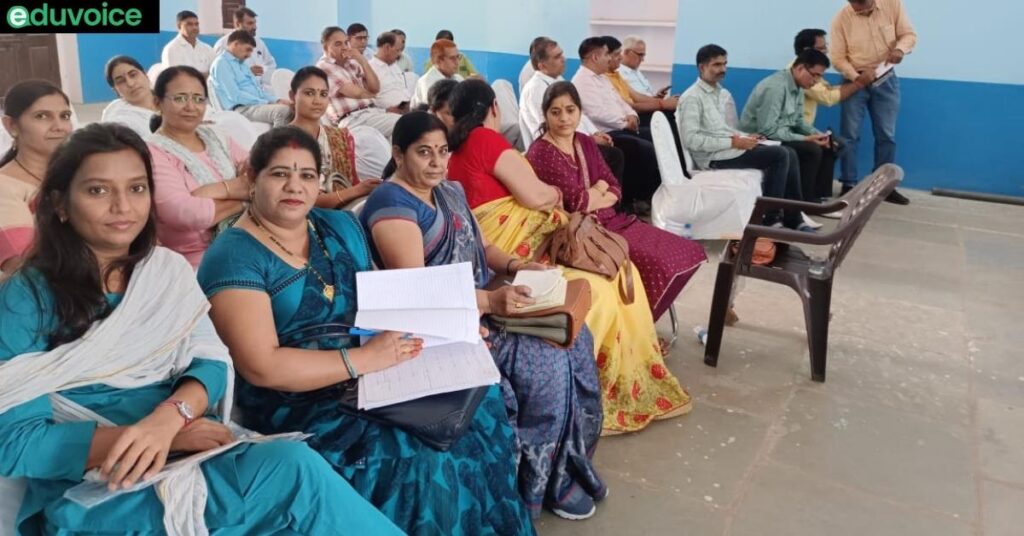Pooja comes from a grounded middle-class family where every member contributes to the household income to make it work. She is a hard worker whose diligence led her to pursue engineering at a decently recognized university and now her wildest dreams are about to come true as she will be pursuing a master’s in computer science at a top-ranked university in the USA. Her story is mimicked by hundreds and thousands of bright young minds who straddle various strata of society but have pushed through the barriers that generations prior couldn’t or didn’t have the opportunity to do so. These young and talented Women’s Participation is preparing to be future leaders and the industry is witnessing a steady rise in their penchant to pursue higher education abroad.
I recently also came across a research paper from 2016 It was interesting to see how some of the findings directly corroborate with the pace and direction that the study abroad industry has taken especially in the context of Indian students with a specific focus on female students.
The study found that when it came to studying abroad, male students were more likely to come from varied socio-economic backgrounds than female students. For female students, the higher propensity to study abroad was seen amongst the middle to the upper middle class and more so where the parents themselves were well educated. The likelihood of a female student studying abroad increased greatly when the mother was also well-educated and thereby influencing the family’s decision to allow and encourage the female student to pursue higher education abroad.
This still holds largely true as we witness in the industry an increasing number of female students pursuing higher education abroad owing possibly to a slight change in the family setup (more openness or being more liberal to encourage female students to pursue higher education) and with the increasing number of financial institutions or NBFCs available now. The ability for families to take advantage of loans and that too not requiring collateral has possibly encouraged more students and especially female students, to look abroad.
We have also seen an increase in female students pursuing STEM-designated fields of education, especially at the Master’s level. The study had seen a much higher number of male students pursuing STEM-oriented masters (53% Indian male students compared to 30% female students), and the industry is seeing a more encouraging sign over the past 5 years now, with an increasing percentage of Women’s Participation students pursuing STEM courses thereby bridging the gap seen earlier.
For more conservative households, as the research indicated, the thinking of the parents was sometimes high on reluctance to let the male pursue studies abroad as they feared that they may not return to take care of their parents in the future. However, interestingly when it came to the female, the thinking might indicate that the female would in any case move households after marriage and hence might be a bit more open to allowing them to pursue education abroad. We definitely see a shift in mindsets across families now moving slightly away from this traditional thinking to that of being supportive of women to pursue education or a career even upon return to India.
What is noteworthy for parents and students is that there are a plethora of factors each family will weigh when making their final decisions. However, the good news is that with the increase of financial institutions making it viable for families to fund this dream, the focus also needs to be on the longer-term plan for the students. Do they wish to settle in the study abroad destination or return to India to pursue a career? Challenges and merits exist on both sides, however, in Women’s Participation more weight should be given to this when families make a decision. When spending that much money, a strong future plan or orientation needs to be in place to make the decision well worth it and for the return on investments to make sense.
For More Such Articles, News Update, Events, and Many More Click Here






